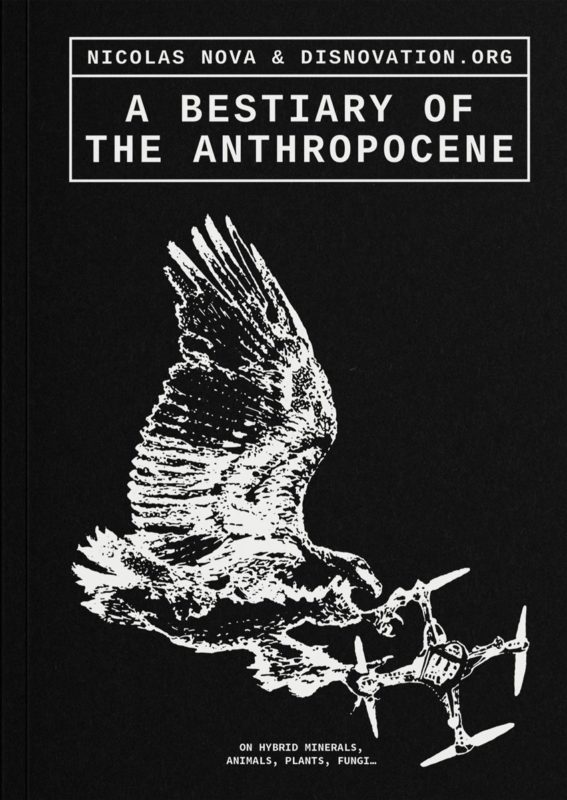Based on its medieval counterparts, the Bestiary uses Linnaean categorization to divide existing contemporary specimens in minerals, plants, animals, and miscellaneous things. Human-made entities that have emerged in the Anthropocene become part of a new, natural order of things. The classification disrupts the boundaries between natural and artificial by placing in the same kingdoms entities that have adapted to the new environment, or that have been used, modified, standardized, or even built from scratch. Placing these hybrids in the same categories the modern world has used to classify nature questions common dichotomies and acknowledges the profound impact of human action on the earth beyond moral assumptions. At the same time, the inclusion of Homo sapiens as just another human-modified animal places us back into the system of things we struggle so much to classify, modify, and fix. With no need to invent anything, this handbook presents us with some of the most interesting specimens that populate our age, from the most commons ones, such as coastal tetrapods, forest plantations, or genetically modified organisms, to those that could have come straight out of a dystopian novel, such as cannulated cows or military dolphins. This seemingly fantastic collection encourages us to look closer to the world around us, to the consequences of human life on earth, its by-products, and the entities that make it possible.
— Chiara Dorbolò, Curator of the Architecture Book Fair 2021






